On 9 May of 1915, General Joffre authorized the formation of trench mortar batteries. Units in every sense of the word, these would consist, not merely of six two-piece trench mortar sections, but also a wagon train, a headquarters, and a platoon of laborers. (The latter specialized in the construction of positions for the trench mortar sections.)
At first, two of these batteries would be formed for every army in the field. Later, as additional trench mortars emerged from the factories, a trench mortar battery would be provided to each army corps. (If the army corps consisted of two divisions, the trench mortar battery would be of the standard type, with two half-batteries, each of three two-piece sections. If, however, the army corps had three divisions, the trench mortar battery would consist of three half-batteries, and thus a total of nine two-piece sections.)
To put things another way, when this program of expansion was complete, there would be a half-battery of three two-piece sections for each of the ninety French infantry divisions then serving on the Western Front. (In keeping with this logic, an independent half-battery, complete with headquarters, laborers, and transport, was to be formed to each infantry division that was not part of army corps.)
Sources:
Pierre Waline Les Crapouillots (Paris: Charles-Lavauzelle, 1965) pages 61 and 62
France, Ministère de la Guerre, Section Technique de Génie, Artillerie d’accompagnement (par le Lieutenant Colonel Deslandres), 20 Décembre 1917, Archives de Guerre, Carton 4B24/3
102e Batterie d’Artillerie de Tranchée du 27e Régiment d’Artillerie de Campagne, Journal des Marches et des Opérations, Archives de Guerre, 26 N 953/16
For Further Reading:
To Support, Share, or Subscribe:


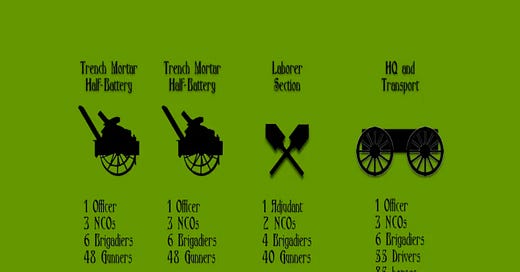


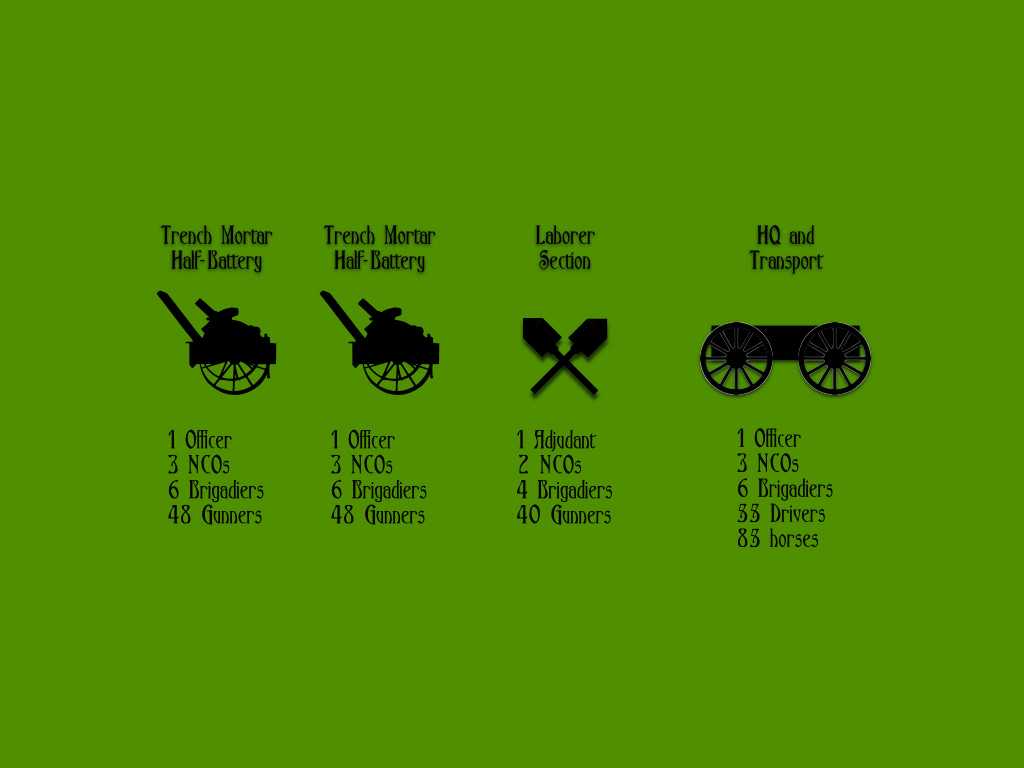
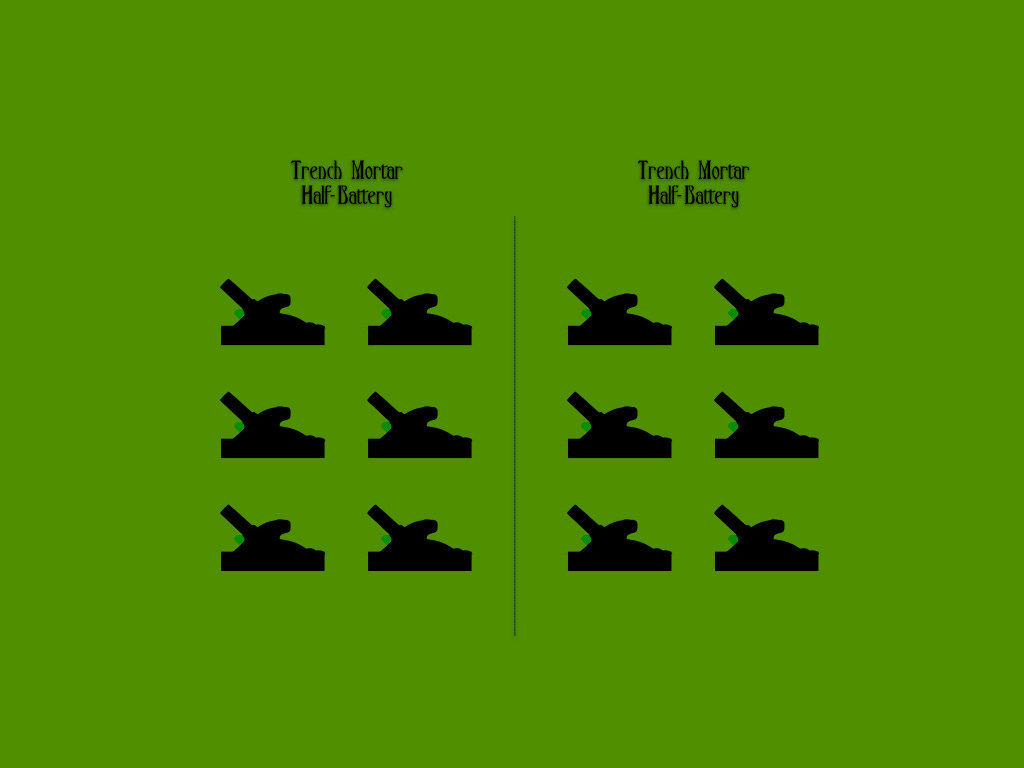

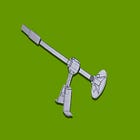


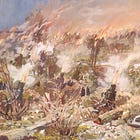

“Units in every sense of the word,”….And it was going so well, then the Army showed up.